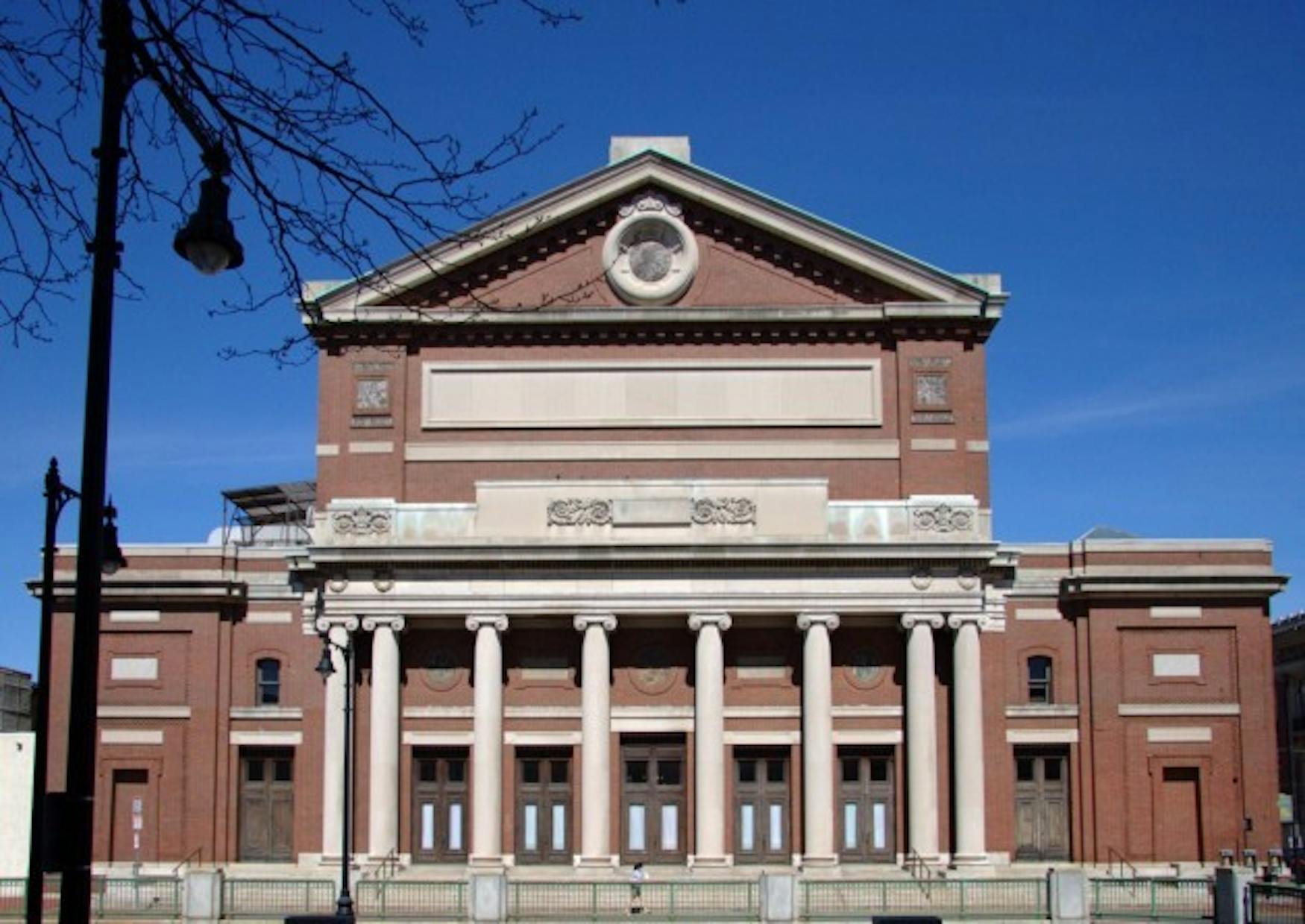Musical evening relatable for viewers of all ages
On Friday evening, the Handel and Haydn Society held a concert at Boston's famed Symphony Hall in memory of late benefactor Ruth Shapiro. If her name sounds familiar, that's because it is: Ruth and her husband, Carl J. Shapiro, have donated millions to Brandeis, most recently $25 million to build the Shapiro Campus Center. In addition, the Shapiros have contributed to numerous other causes, many of them in the fine arts.
The Handel and Haydn Society is one such nonprofit, dedicated to performing and preserving the music of the Classical and Baroque eras. It's named after Frederick Handel and Joseph Haydn, two well-celebrated composers of the late Baroque and early Classical eras, respectively.
Despite being named after these two composers, the group performs the music of many different composers from those eras. This performance featured orchestral works of Mozart, Haydn and Beethoven.
The program began with Mozart's "Haffner" Symphony, No. 35 in D major, K385. The symphony's first movement had highly contrasting melodious string playing and the rapturous polyphonic sounds of the full orchestra. The second movement was more placid and melodic, and the third felt even more calm, if not overly polite. However, the last movement brought the return of the energy and orchestral force of the first.
Next on the program was Haydn's Sinfonia Concertante in B flat major. Overall the piece was very pleasant, though less adventurous and energetic than the preceding Mozart. Its beauty and intrigue came from the exquisite solo lines exchanged between the four featured instruments: violin, oboe, bassoon and cello.
The first violinist had an especially remarkable stage presence (in addition to her passionate and nearly perfect playing). She swayed and swooned elegantly with the phrasing of her music, embracing the attention of hundreds as her as her fingers danced along the neck of the violin. Her presence was as flamboyant as her hair: spiked and dyed crimson red. After this piece, there was a short intermission.
The programming for the second half of the evening ostensibly attempted to ensure that no one fell asleep beginning with a stark contrast from the calm and melodious Haydn piece was Beethoven's Symphony No. 2 in D major.
You could hear how classical music had progressed from teacher (Haydn) to pupil (Beethoven). There were differences in orchestral effects, motivic development and a general movement away from long melodic passages for a single instrument. Within the first few seconds, it became very obvious why Beethoven's name is embossed in gold leafed letters at the center of the ceiling above the stage.
Despite how breathtaking the first few minutes were, the music dragged. Even though I'm incredibly invested in classical music, I found my mind wandering, drifting away from the series of sounds. I wasn't compelled to pay attention by a clear narrative; despite the swirling and changing cacophony of sounds, I had to force myself to stay engaged. By the end of the symphony, however, I likened my experience to the way I feel when I watch an N.B.A. game: a lot of intrigue occurs during the first 46 minutes (with some stoppages between the quarters), but the most exciting plays happen in the last two minutes.
There is something very special and timeless about this sort of performance. Ignore the microphones tethered on wires around the stage (and first violinist with dyed hair); these musicians have brought the music of Mozart, Beethoven and Haydn to life, in a manner very similar to how these composers must have heard it themselves-or at least as well as they could communicate their sentiment through their transcribed music.
Whether or not you are intellectually engaged in classical music, listening for artistic choices of composers or for just the beautiful series of sounds, if you are at all interested in listening to classical music, you must visit Symphony Hall. The acoustics, setting and performers are world class and there are lots of opportunities to support the arts and engage with beauty of the past-and present. People under 40 receive discounts on tickets for the Boston Symphony Orchestra; other groups performing there have different prices of tickets, all relatively affordable. Put it on your Brandeis bucket list. Regardless of how much you enjoy the wonderful music, it will be an experience to remember.
*



Please note All comments are eligible for publication in The Justice.